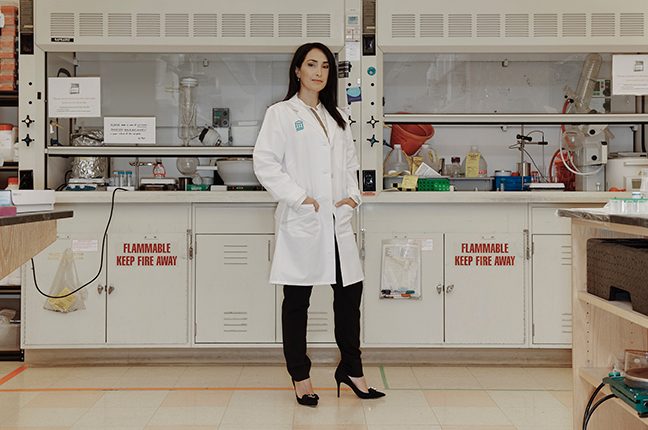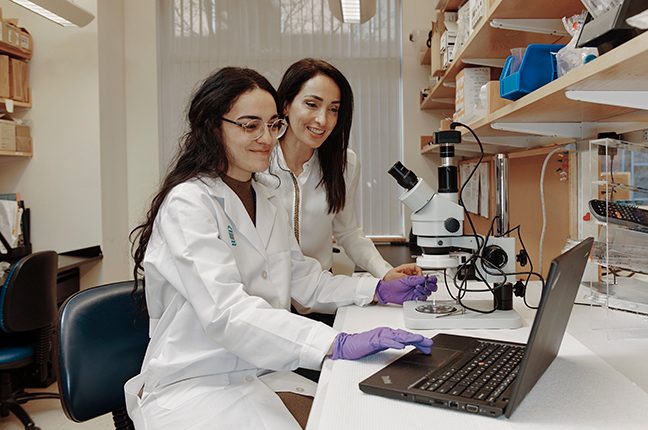-
- Find Care
-
- Visitor Information
- Find a Location
- Shuttles
- Visitor Policies
-
-
- Our Virtual Care Options
- Virtual Urgent Care
- Virtual Visits for Primary & Specialty Care
- Online Second Opinions
- Participate in Research
-
- Contact us
-
- For Innovators
- Commercialization Guide for Innovators
-
-
- Research News
- Alzheimer's Disease
- Artificial Intelligence
-
- Overview
-
- Overview
- Getting Started
- New to Mass General Brigham
- International Patient Services
- What Is Patient Gateway?
- Planning Your Visit
- Find a Doctor (opens link in new tab)
- Appointments
- Patient Resources
- Health & Wellness
- Flu, COVID-19, & RSV
- Billing & Insurance
- Financial Assistance
- Medicare and MassHealth ACOs
- Participate in Research
- Educational Resources
- Visitor Information
- Find a Location
- Shuttles
- Visitor Policies
- Find Care
-
- Overview
- Our Virtual Care Options
- Virtual Urgent Care
- Virtual Visits for Primary & Specialty Care
- Online Second Opinions
-
- Overview
- Participate in Research
-
- Overview
- About Innovation
- About
- Team
- News
- For Industry
- Venture Capital and Investments
- World Medical Innovation Forum (opens link in new tab)
- Featured Licensing Opportunities
- For Innovators
- Commercialization Guide for Innovators
- Contact us
-
- Overview
- Information for Researchers
- Compliance Office
- Research Cores
- Clinical Trials
- Advisory Services
- Featured Research
- Two Centuries of Breakthroughs
- Advances in Motion (opens link in new tab)
- Brigham on a Mission (opens link in new tab)
- Gene and Cell Therapy Institute
- Research News
- Alzheimer's Disease
- Artificial Intelligence
-
- Overview
-
- Overview
- Residency & fellowship programs
- Brigham and Women's Hospital
- Massachusetts General Hospital
- Mass Eye and Ear
- Newton-Wellesley Hospital
- Salem Hospital
- Integrated Mass General Brigham Programs
- Centers of Expertise
- Global & Community Health
- Health Policy & Management
- Healthcare Quality & Patient Safey
- Medical Education
- For trainees
- Prospective trainees
- Incoming trainees
- Current trainees
- Continuing Professional Development
Natalie Artzi, PhD, Is Leading the Way in Gene Therapy

Natalie Artzi, PhD, is a researcher in the Department of Medicine at Brigham and Women’s Hospital and Assistant Professor at Harvard Medical School.
Dr. Artzi and her team are researching the design of smart biomaterials for disease monitoring.
Additionally, they are investigating gene and cell therapy deliveries for a range of diseases and for tissue regeneration applications.
In this Q&A, she discusses the work of her lab to advance gene therapies to provide improved care for patients living with a variety of diseases.
Q: Can you describe the nature of your research and your team’s work?
Artzi: Understanding the biology associated with a disease, leveraging existing and emerging drugs, and designing biomaterials that can deliver these drugs to a cell and target site within the cell more effectively can potentially transform treatment outcomes. To that end, we develop non-viral delivery systems for systemic delivery of gene therapy, targeting cells, such as cancer cells and immune cells.
To further control how a therapy reaches certain cells, we leverage different administration routes to deliver drugs (or nanoparticles containing drugs). We engineer injectable materials that gel rapidly upon injection and adhere to target within the injection site to afford localized and sustained delivery of therapies, eliminating the need to cross many of the biological delivery barriers associated with systemic administration.
Leveraging the accessibility of the skin and the plethora of skin immune cells that can be reprogrammed, we designed a polymeric microneedle platform that can deliver drugs through the skin and, in addition, can sample biomarkers in skin interstitial fluid. This noninvasive platform can be self-administered and is non-painful, which enables better patient compliance and personalizing the therapy as a function of disease state.
Q: How does your work relate to the fields of gene and cell therapy?
Artzi: To be safe and effective, gene therapies require precise delivery to their target tissues and cells, while simultaneously avoiding degradation or elimination by a range of biological barriers. My lab focuses on understanding how materials can be designed to leverage interactions between materials and biological components to achieve enhanced therapeutic outcomes or to overcome detrimental delivery barriers.
Specifically in gene therapy, we have developed a library of non-viral particles based on metal, polymeric, organic, and inorganic materials that can enable effective delivery of a range of gene therapies. Our research facilitated the understanding of how a given material’s intrinsic and extrinsic properties can impact its ability to deliver gene therapies to different tissues and cells, allowing us to rationally design material systems to deliver a therapeutic agent.
In cell therapy, one of the significant challenges is the cost and complexity of the ex vivo manufacturing platforms that are required to produce disease-specific therapeutic cells. To this end, we have designed a material platform that can locally attract and reprogram cells in vivo. Among other features, this can prevent allograft rejection in transplant medicine.
Q: How is your lab pushing this field forward?
Artzi: We do this in several ways. For example, our work enables noninvasive analysis of disease biomarkers, as well as the elimination of many of the barriers associated with precision drug delivery; this enables us to repurpose existing drugs and to improve the delivery of emerging drugs to enhance outcomes. Furthermore, our theranostic materials can provide insight into how a disease is evolving under treatment, helping us understand when and why therapies are failing or succeeding. This understanding can lead to better material-based therapy systems that can simultaneously monitor, diagnosis, treat, and profile patient responses to therapies.

Q: What impact do you hope your work will have on patient care?
Artzi: We hope to bring our technologies to patients to enable better therapeutic outcomes, while eliminating the side effects associated with systemic delivery of drugs. Our platforms are disease and drug agnostic, which enables us to work on a range of diseases, such as solid tumors, autoimmune skin diseases, and tissue regeneration approaches. By improving the precision with which therapies are delivered, we can expand the window for which therapies are both safe and effective in patients, making more therapies available to patients, including next-generation gene therapies.
Q: What do you see as the future of gene and cell therapy?
Artzi: I envision the ability to use integrated biomaterials to diagnose the health state of a patient, restore cell and tissue function by correcting genes directed to specific target sites and cells or delivering healthy cells, as well as to inform on the response to the therapy, enabling titrating the therapy based on the individual patient need. By making therapies safer through more precise delivery, we can enable the use of combinatorial therapies that can attack many pathological axes of a disease at a given time, rendering the disease more susceptible to our interventions and capitalizing on our enhanced understanding of disease systems biology and immunology.
Q: Why do you think Mass General Brigham is such a great place to do research?
Artzi: Mass General Brigham enables collaborations between basic scientists, engineers, and clinicians to improve patient care; this integrated approach ensures scientific discoveries, which can be translated clinically and materialized to benefit patients.